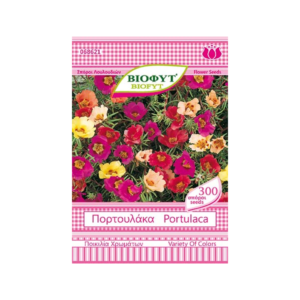Viola
Viola
As soon as we smell the sweet musky scent of violets, we feel like spring is flooding us. The violet, also known as morning glory, is a lovely low-growing annual spring flower that reaches a height of 30-50 cm. It stands out for its characteristic elongated grey-green leaves and impressive fragrant flowers in shades of white, yellow, pink, purple and red. We can choose violet varieties with single or double flowers to plant in the garden or in a pot on the balcony. The violet has continuous and prolonged flowering from early spring to early autumn. In addition to the important decorative value that the violet offers us where we will plant it, we can cut its flowers to put them in a vase and enjoy their fragrance for several more days.
The violet needs regular watering to have good vegetation and flowering. We water twice a week during the spring season and every 2 days during the hot summer season. We make sure to avoid excessive watering which can cause root rot. For the violets we have planted in the garden, we add a complete granular fertilizer in early spring and again in early summer. If we have potted violets, apply liquid fertilizer once a month from early spring to mid-summer. It is important to put small support pegs to tie the violets, while at the same time we have to remove the flowers as soon as they dry to enhance their flowering.
The violet thrives in sunny positions during the spring, although it gets a bit strained in the hot summer months and especially during periods of heat. When planted in semi-shaded places, it shows less flowering. The violet prefers rich and fertile soils that ensure good drainage for abundant and prolonged flowering, while being hardy enough for planting in coastal areas. Of course, the violet is sensitive to frost and winds and dries up with the first cold of winter. To plant the violet in a pot or planter on the balcony, we choose a sheltered position with western or eastern exposure and use general-purpose potting soil, rich in nutrients.









